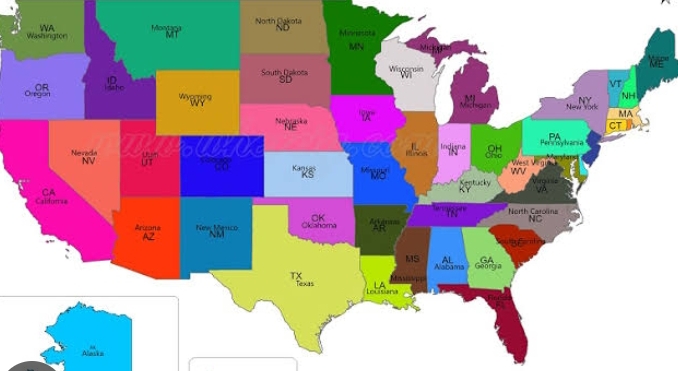The mid-2010′s saw an uptick in U.S. college closures, particularly among private nonprofit schools.
This trend has affected tens of thousands of college students across the country.
Since 2016, 91 U.S. private colleges have closed, merged with another school, or announced plans to close, according to a CNBC analysis of data from Higher Ed Dive.
Almost half of those schools closed after the onset of the Covid pandemic in 2020.
For many struggling schools the pandemic was the final straw — but two major themes showed up consistently throughout the closures: finances and enrollment.
“There are two significant issues affecting higher education right now, specifically, through the admission and enrollment offices,” said Robert Franek, editor-in-chief of The Princeton Review.
“Number one, it is the admission cliff, and that is the impending decline [in the number of prospective students].
We’ll be graduating our lowest high school classes by population in 2025.
And most enrollment professionals have been wringing their hands about this date of 2025, but many schools have seen those enrollment declines already.”
About 95% of U.S. colleges rely on tuition, according to Franek, meaning they rely on money from students to operate. Dwindling enrollment numbers mean less money, fewer student offerings and eventually a shuttered institution.
“It’s a reflection of, I think, an unsustainable operating platform, meaning a heavy reliance on tuition, which can’t always keep up with inflation [or] with erosion in enrollment,” said Fitch Ratings Senior Director Emily Wadhwani.
Colleges “can’t keep hiking tuition sticker price in the hopes that the net residual once you account for scholarship and discounting and the like is going to be enough to offset your growing expense base.”














